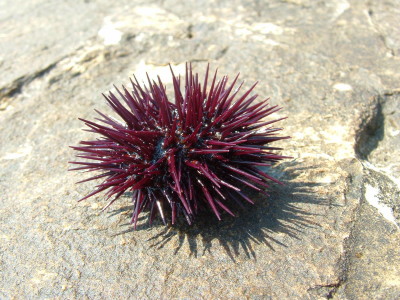Ultra-small sensor that detects stuck on teeth and eats is developed

bySilkLab, Tufts University
Wearable devices that attach to the body to record the state and changes of the body have developed rapidly in recent years. A research group at Tufts University in the United States succeeded in the development of "a minimal sensor that can be attached to a tooth and detect what was eaten".
Scientists develop tiny tooth - mounted sensors that can track what you eat | Tufts Now
https://now.tufts.edu/news-releases/scientists-develop-tiny-tooth-mounted-sensors-can-track-what-you-eat
Scientists develop tiny tooth - mounted sensors that can track what you eat | EurekAlert! Science News
https://www.eurekalert.org/pub_releases/2018-03/tu-sdt031618.php
A research group at Tufts University's Faculty of Engineering has developed an extremely small sensor that can easily be attached to teeth and can transmit information on glucose, salinity, alcohol intake etc. to mobile devices by wireless communication. This research result is a specialized magazine on materials engineeringADVANCED MATERIALSIt will be published in a magazine.
Wearable devices for monitoring traditional food intake had to be large enough to cover the mouth and wired. However, the Ultra Minimal Sensor developed by Tufts University's research group has an area of only 2 millimeters square, and it can be applied corresponding to irregularities existing on the tooth surface.
The sensor has three layers overlapping, and the middle "biological reaction" layer sandwiched between two outer layers formed of rectangular gold is a mechanism for sensing nutrients and chemical substances. The sensor plays the role of an antenna, absorbing a part of the frequency transmitted from the mobile device and returning the unabsorbed wavelength directly to the mobile device.

However, when the biological reaction layer reacts to salt and ethanol, the electrical characteristics of the sensor change, and the range of the frequency that the sensor absorbs changes. As a result, the wavelength returned to the mobile device will change, allowing analysis such as "the sensor is sensing salt" and "sensing alcohol".
Professor Frank Dobre of the research group said, "Theoretically sensors can be used to detect other chemicals as well as salts and alcohols," says the ultra-small sensor for even higher performance By improving it, it is possible to take in a wider range of nutrients and chemical substances, and to monitor physiological condition inside the mouth from the mouth.

Related Posts:







